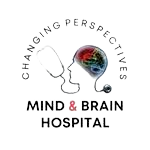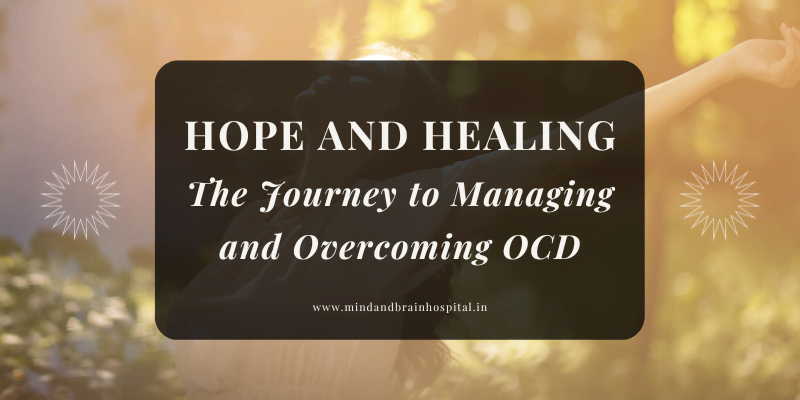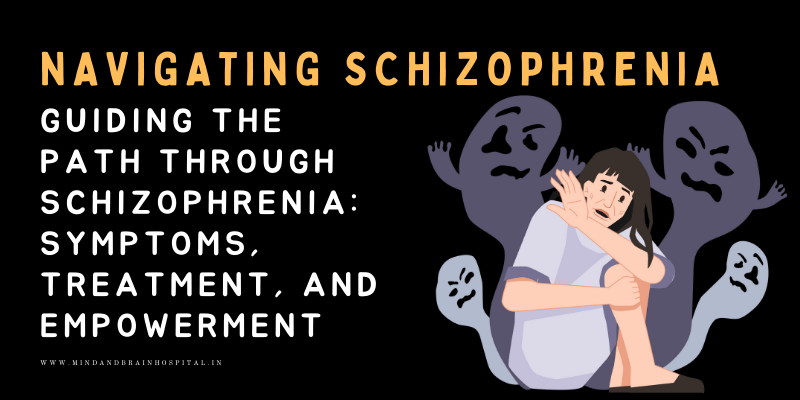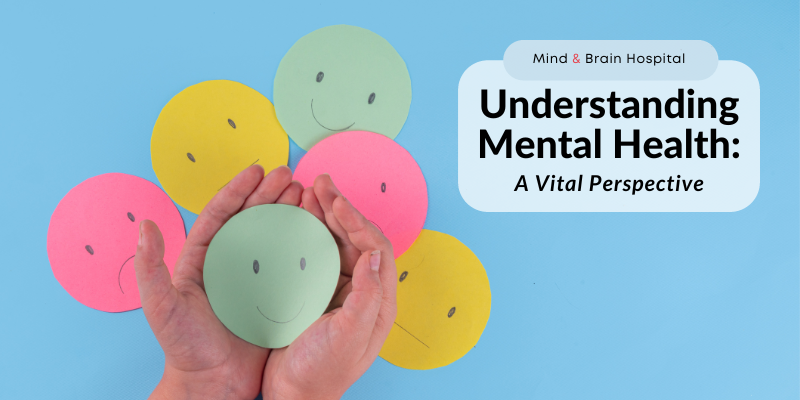The Journey to Managing and Overcoming OCD
What is OCD?
Obsessive-Compulsive Disorder (OCD) is a mental health condition characterized by the presence of obsessions and compulsions. Obsessions are intrusive and distressing thoughts, images, or urges that repeatedly enter a person’s mind. Compulsions are repetitive behaviors or mental acts that a person feels compelled to perform in response to their obsessions, often as a way to reduce anxiety or prevent a feared event. OCD can significantly interfere with daily life and cause distress. Common obsessions include fears of contamination, harm to oneself or others, or a need for symmetry and order. Compulsions may involve repetitive actions like hand washing, checking, or counting. It’s essential for individuals with OCD to seek professional help for diagnosis and treatment.
Types of OCD
Obsessive-Compulsive Disorder (OCD) can manifest in various ways, and there are several subtypes or themes of OCD. Some common types of OCD include:
- Contamination OCD: This subtype involves obsessions related to fears of contamination or germs. Individuals with this type may engage in compulsive behaviors such as excessive hand washing or avoiding certain places or objects.
- Checking OCD: People with checking OCD have obsessions about harm or danger and engage in compulsive checking behaviors to alleviate their anxiety. They may repeatedly check locks, appliances, or their own health.
- Hoarding OCD: Hoarding OCD is characterized by compulsive hoarding of items, often with an inability to discard even seemingly useless possessions. This behavior can lead to clutter and difficulty in living spaces.
- Symmetry and Ordering OCD: Individuals with this subtype obsess over symmetry, arrangement, or precise order. They may feel compelled to arrange objects in a specific way or perform actions in a symmetrical manner.
- Intrusive Thoughts OCD: This type involves distressing and intrusive thoughts or mental images that go against a person’s values or beliefs. These thoughts can lead to significant anxiety and distress.
- Religious or Moral OCD: This subtype involves obsessions related to religious or moral beliefs. Individuals may fear they have committed sinful or morally wrong acts and engage in compulsions to seek reassurance or make compensations.
- Relationship OCD (ROCD): ROCD is characterized by obsessions and doubts about romantic relationships. Individuals may constantly question their feelings for their partner and engage in compulsive behaviors like seeking reassurance.
- Pure-O OCD: “Purely Obsessional” OCD refers to cases where the obsessions are primarily mental, without obvious external compulsions. People with Pure-O may experience distressing thoughts without visible rituals but often engage in mental compulsions, such as mental checking or reviewing.
Therapies for OCD
Obsessive-Compulsive Disorder (OCD) can be effectively treated with various therapies. The primary therapies used to manage and alleviate OCD symptoms are Cognitive-Behavioral Therapy (CBT) and its related approaches.
- Cognitive Therapy: A section of CBT that focuses on identifying and challenging the absurd and disturbing thoughts (obsessions) associated with OCD. It helps individuals develop more adaptive thought patterns and beliefs.
- Exposure and Response Prevention (ERP): ERP is the most widely recommended and effective form of CBT for OCD. It involves exposing individuals to their obsessions (e.g., situations that trigger anxiety) and preventing the associated compulsive behaviors. Over time, this helps reduce anxiety and the need for compulsions.
- Mindfulness-Based Therapies: Techniques like mindfulness meditation and mindfulness-based cognitive therapy (MBCT) can help individuals with OCD become more aware of their thoughts and feelings without judgment. This can be particularly useful in managing OCD-related anxiety.
- Acceptance and Commitment Therapy (ACT): ACT helps individuals accept their obsessions and urges without attempting to eliminate them. Instead, it focuses on aligning behavior with personal values and goals.
The most common approach for treating OCD is a combination of CBT and medication, depending on the severity of symptoms. Medication can help alleviate the biological aspects of OCD, while CBT provides individuals with practical tools to manage their symptoms and change their thought patterns. OCD is a manageable condition, and with proper treatment and support, individuals can experience significant improvements in their quality of life.
Strategies and Activities for Managing OCD
Engaging in specific activities and strategies can be helpful for individuals with OCD to manage their symptoms and improve their overall well-being.
- Educate Yourself: Learn more about OCD, its nature, and its treatment. Understanding your condition can help you work effectively with your therapist and make informed decisions about your treatment.
- Mindfulness and Relaxation Techniques: Practicing mindfulness meditation, deep breathing exercises, or progressive muscle relaxation can help reduce anxiety and obsessive thoughts.
- Journaling: Keep a journal to track your OCD symptoms, triggers, and any patterns you notice. This can help you and your therapist identify specific areas to address.
- Support Groups: Joining a support group for individuals with OCD can provide a sense of community, understanding, and shared experiences. Hearing how others have coped can be reassuring.
- Hobbies and Distractions: Engage in activities you enjoy to distract yourself from obsessions. Immersing yourself in hobbies or interests can be a healthy way to redirect your focus.
- Goal Setting: Set achievable goals for yourself, both related to OCD treatment and other aspects of your life. Achieving these goals can boost your confidence and sense of control.
- Challenge Obsessive Thoughts: Work on challenges and reframing obsessive thoughts.
- Professional Help: Continue working with a qualified mental health professional, such as a therapist or psychiatrist, who specializes in OCD treatment. Regular therapy sessions are essential for ongoing support and guidance. Remember that what works best may vary from person to person, so it’s important to find a combination of activities and strategies that suit your unique needs. Don’t hesitate to seek professional guidance to develop a personalized plan for managing OCD effectively.
An Example Case History with OCD
This Case History’s demographic information has been changed for the sake of patient confidentiality.
- Background: The patient, a 28-year-old software engineer, sought therapy for his distressing OCD symptoms that had been affecting his personal and professional life. He lived with his parents in a traditional Indian family and had been facing escalating OCD symptoms for the past four years.
- Presenting Problems: Mukesh’s OCD primarily revolved around contamination fears and checking behaviors. He would frequently wash his hands for extended periods and felt compelled to repeatedly check locks, switches, and gas stoves. These rituals were time-consuming and disrupted his daily routine. His obsession with cleanliness and fear of germs made him increasingly isolated, straining his relationships with family and friends. His work performance suffered as he often arrived late or missed meetings due to his rituals.
- Treatment Plan: Mukesh was referred to a therapist specializing in Cognitive-Behavioral Therapy (CBT) and mindfulness, a common therapeutic approach used to treat OCD. The therapist was sensitive to the cultural context and personalized the treatment accordingly. Mukesh’s treatment plan consisted of Psychoeducation, CBT techniques, Mukesh learned to identify and challenge his irrational thoughts related to contamination and the need for excessive checking. ERP Mukesh’s gradually was exposed to situations that triggered his OCD, like touching contaminated objects, without allowing him to engage in his usual compulsions. This was done in a systematic and controlled manner. In addition to CBT, Mukesh was introduced to mindfulness techniques like meditation and deep breathing exercises. Mindfulness helped him become more aware of his thoughts and feelings without judgment, reducing his anxiety.
- Progress and Recovery: Over several months, Mukesh’s OCD symptoms gradually reduced as he engaged in ERP and CBT techniques. The combination of exposure therapy, cognitive restructuring, and mindfulness practice helped him gain control over his obsessions and compulsions. Mukesh’s family played a crucial role in his recovery. Their understanding and support made him feel less isolated and more motivated to continue treatment. They also participated in family therapy sessions to ensure a supportive environment at home. After a year of therapy, Mukesh was able to return to work with improved concentration and punctuality. He also started rebuilding his social life. While he occasionally faced setbacks, he had learned how to manage his OCD effectively, with the help of CBT, mindfulness (Remember that mindfulness is a skill that requires practice. Over time, it can help you develop a more accepting and balanced relationship with your OCD thoughts, reducing their power over your life.), and family support and understanding, which were significant factors in the recovery process.
In Conclusion
Obsessive-Compulsive Disorder (OCD) is a challenging mental health condition that affects millions of individuals worldwide. It is characterized by distressing obsessions and compulsive behaviors that can significantly disrupt daily life. However, OCD is also a condition that can be effectively managed and treated. Understanding OCD as a medical condition rather than a personal failing is a crucial first step. Seeking professional help from therapists, psychiatrists, or support groups is essential for proper diagnosis and treatment. Evidence-based therapies like Cognitive-Behavioral Therapy (CBT) with Exposure and Response Prevention (ERP) and, in some cases, medication, have proven to be highly effective in helping individuals regain control over their lives. Additionally, incorporating mindfulness techniques and practicing self-compassion can complement formal treatment and provide individuals with valuable tools to manage their symptoms. Recovery from OCD may be a journey, but with dedication, patience, and a support network, individuals can lead fulfilling lives while reducing the impact of OCD on their well-being. It’s important to remember that everyone’s experience with OCD is unique, and treatment approaches should be tailored to individual needs. With the right combination of therapies and support, individuals living with OCD can make significant progress, improve their quality of life, and work toward a future with increased mental well-being and reduced symptom severity.




you are in reality a good webmaster The website loading velocity is amazing It sort of feels that youre doing any distinctive trick Also The contents are masterwork you have done a fantastic job in this topic